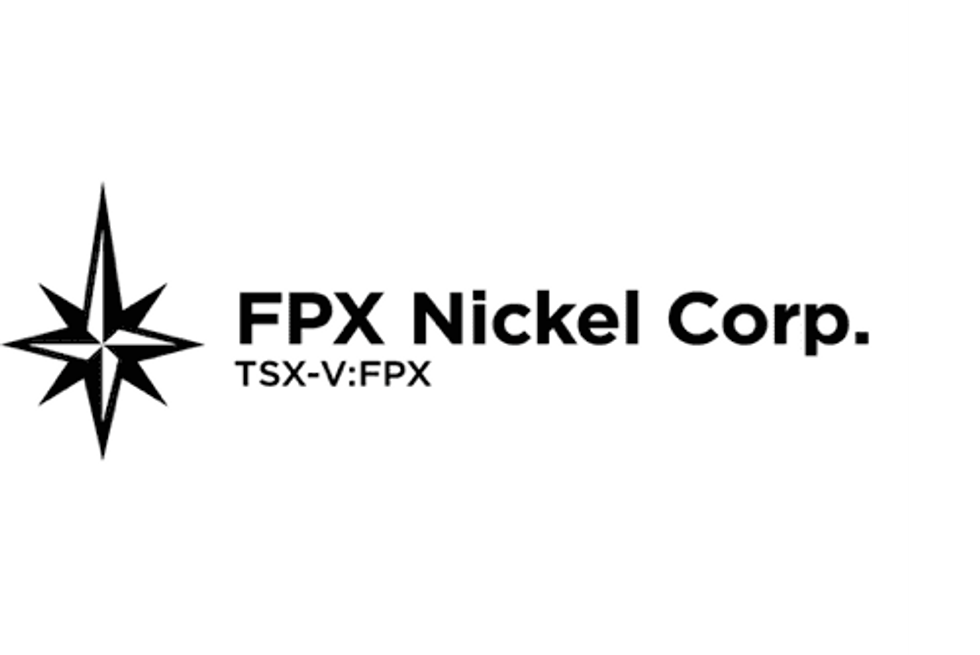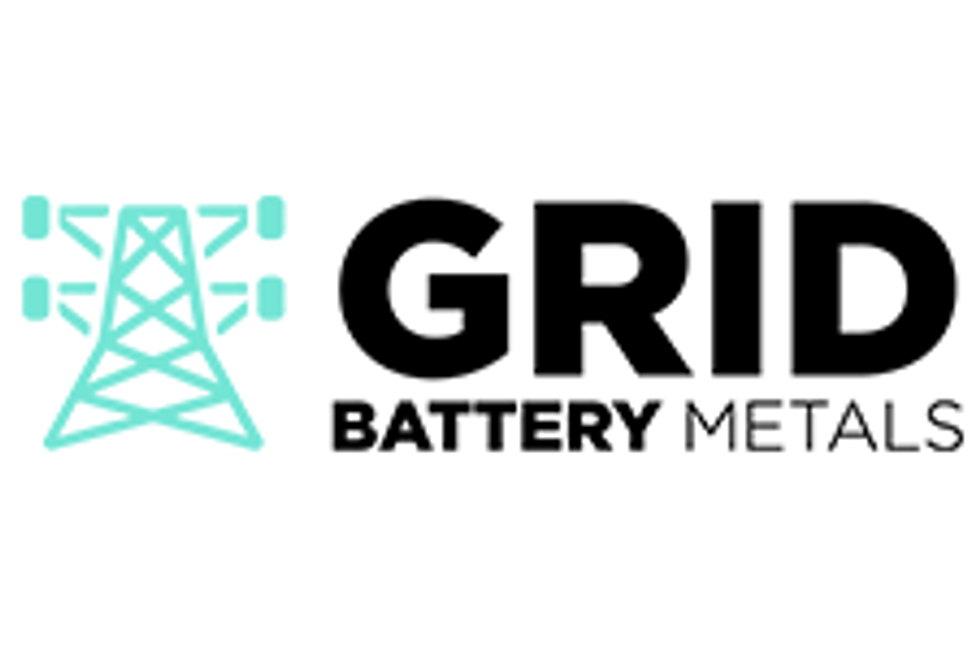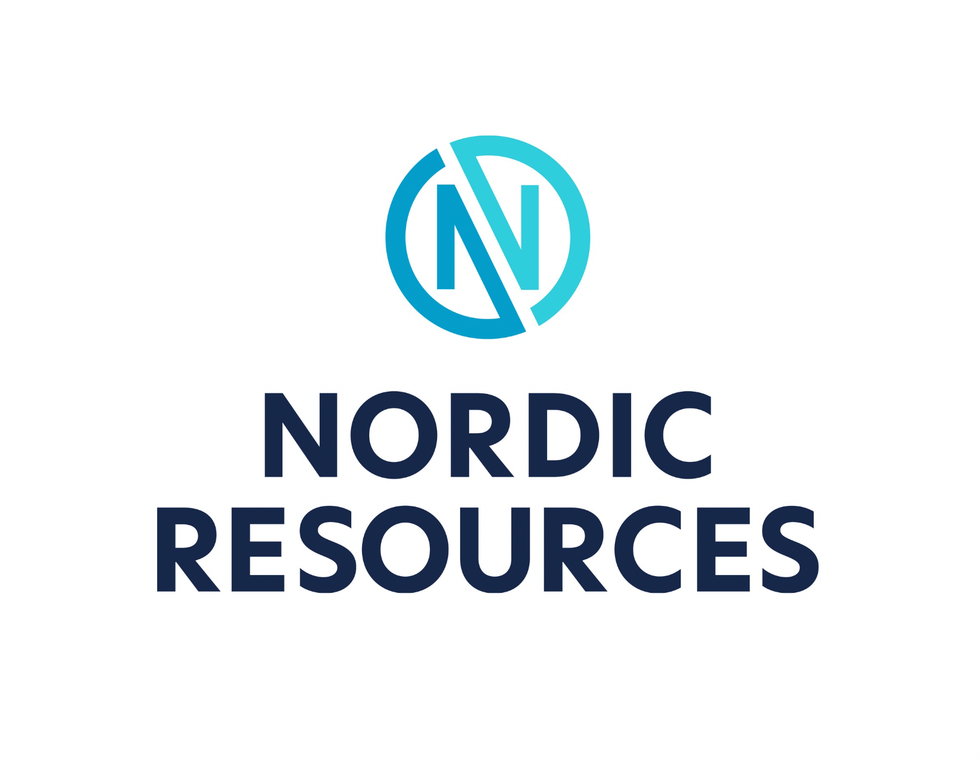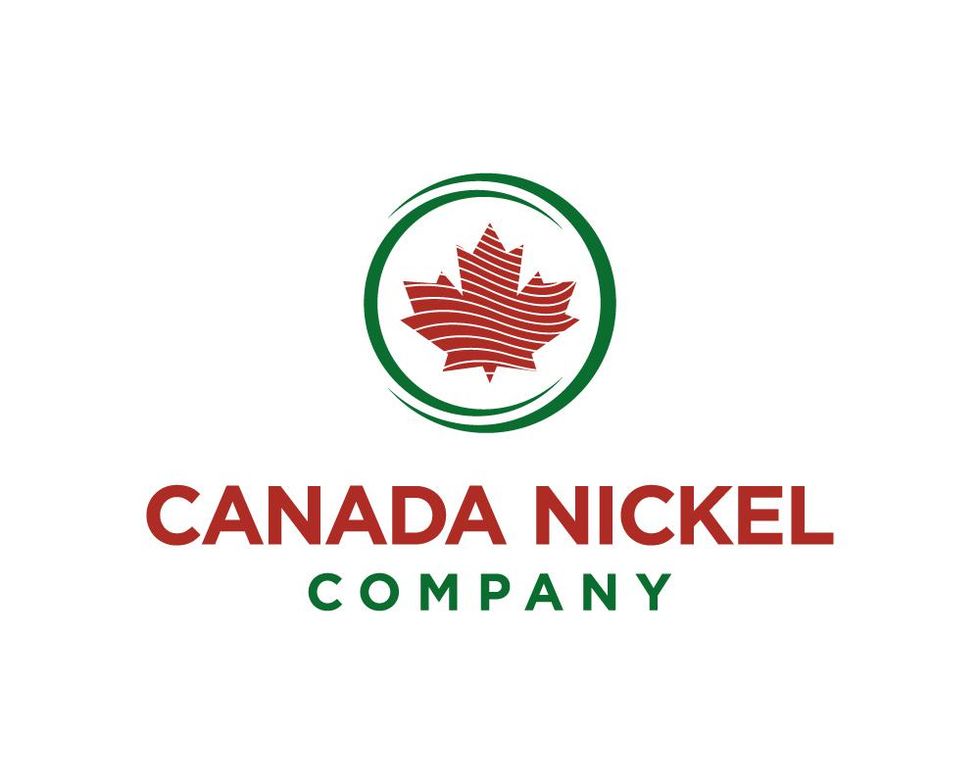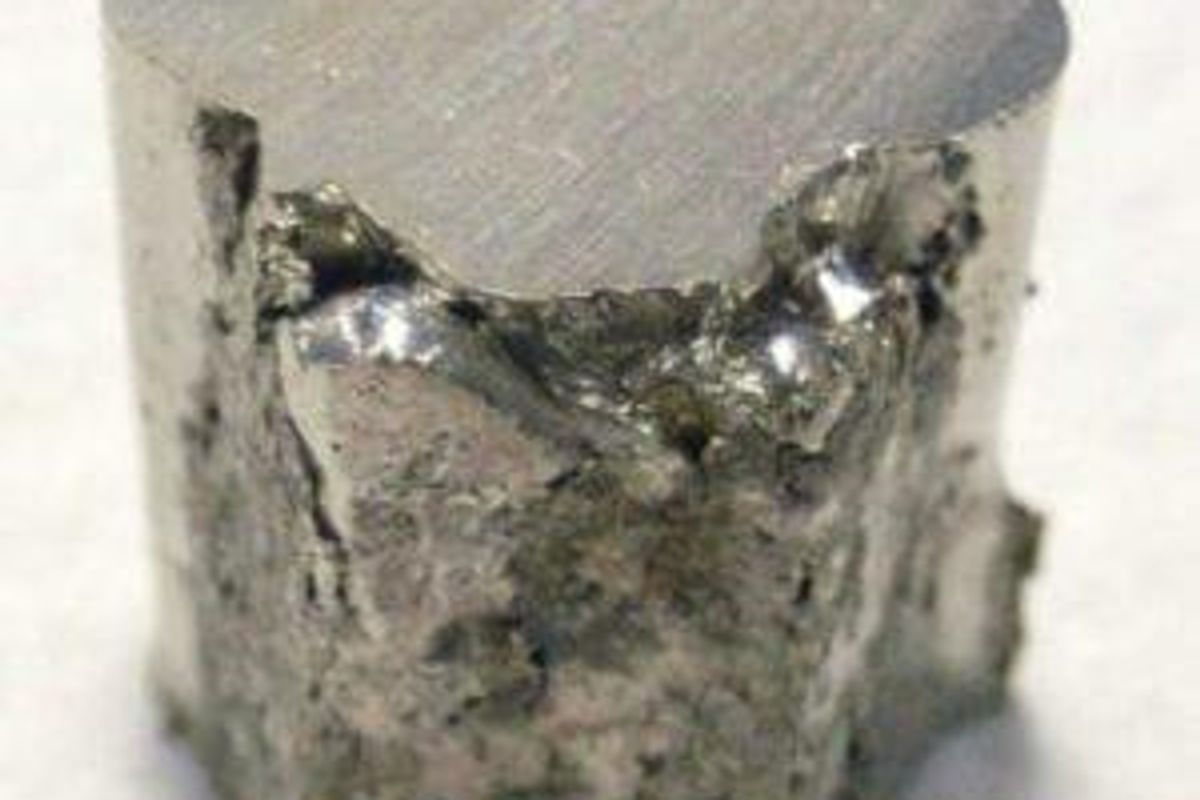
A quick overview of nickel supply and demand dynamics, as well as a brief introduction to how to invest.
Nickel is a lustrous silvery-white, corrosion-resistant metal with a reddish tinge that has been used for thousands of years.
About 90 percent of nickel production goes into alloys with two-thirds going into stainless steel, making it a significant and widely used material in the world today.
Investing in nickel has appeal thanks to its widespread use in industrial applications and its ability to serve as a hedge against the US dollar and inflationary pressures in certain environments.
To help investors learn more about this base metal, here’s a quick overview of nickel supply and demand dynamics, as well as a brief introduction to how to invest.
Nickel Investing: Supply and Demand
As mentioned above, due to the corrosion-resistant properties of nickel, the metal is mostly used in the production of nonferrous alloys and superalloys. Over half of the global nickel production goes into making stainless steel.
As a result, nickel demand is largely fueled by developing countries in the midst of infrastructure expansions. Indeed, since the early 1990s, the nickel price has seen steep climbs and descents due to changes in economic growth.
“[Nickel] growth is supported by rises in the population and urbanization in emerging economies such as China and India, which are expected to invest heavily in upgrading infrastructure and expanding industrial and output capacity,” Cliff Smee, head of research and analysis for mining at GlobalData, told the Wall Street Journal.
Other nickel applications include production of coins, green coloring for glass and in rechargeable batteries. Currently there are several types of nickel batteries on the market; nickel-cadmium and nickel-metal-hydride are the most common.
The International Nickel Study Group reported that, despite the challenging economic environment, world nickel usage will continue to grow in 2017 due to the increase in production of the austenitic stainless steel grades in all main markets.
“In the non-stainless steel sectors primary nickel demand will maintain a positive trend in the aerospace industry and in the battery sector,” they added.
In terms of supply, nickel is mined in approximately 20 different countries, but the top three spots in terms of nickel deposits are dominated by the Philippines, Russia and Canada.
The Philippines accounts for about a quarter of global mined nickel supply, with most production going to China. But in 2016, eight nickel mines were suspended, with another 14 put on notice, due to environmental concerns. In February 2017, another 23 mines were ordered to shut down impacting the nickel market and investors sentiment.
But even though nickel prices rallied supported by supply concerns, in 2017, Indonesia, another major nickel producing country, announced a partial lift of the export ban it had introduced in 2014 which may result in higher volumes of ore hitting the market in the next few months.
How to Invest in Nickel
For investors interested in the base metal, there are four ways to invest in nickel: ETFs, futures, physical and stocks. As CommodityHQ notes, nickel is one of the metals included in many broad-based metals exchange-traded products, including DBB, JJM, and UBM.These products offer exposure to a basket of industrial metals, including copper, lead, and tin.
For those seeking targeted exposure to nickel, the iPath Bloomberg Nickel ETN (ARCA:JJN) may be an interesting choice; this note is linked to an index comprised of nickel futures.
Nickel futures are traded on the London Metal Exchange under the symbol NI. LME nickel futures contracts represent 6 metric tons of nickel. LME nickel futures are priced in U.S. dollars per tonne, and clearable currencies include U.S. dollar, yen, pound, and euro.
Investors seeking to gain exposure to nickel can also do so by simply buying the metal and storing it. Because nickel is relatively dense and inexpensive, however, storing nickel of any material value may be challenging.
Finally, investors can buy stocks of companies engaged in the production, discovery and extraction of the metal. Some major companies trading on the TSX include First Quantum (TSX:FM), Lundin Mining (TSX:LUN) and HudBay Minerals (TSX:HBM), but there are many junior companies exploring for the base metal around the world.
Don’t forget to follow us @INN_Resource for real-time news updates.
Securities Disclosure: I, Priscila Barrera, hold no direct investment interest in any company mentioned in this article.
